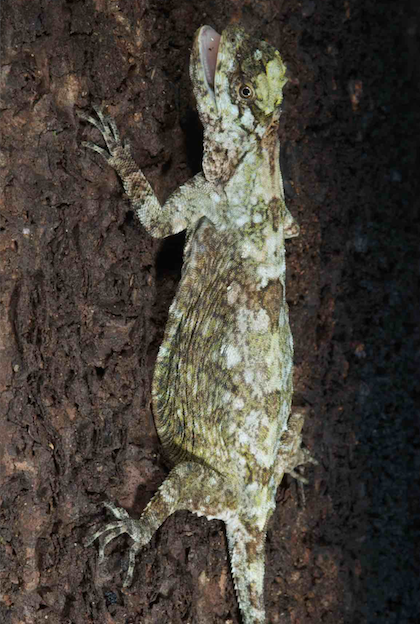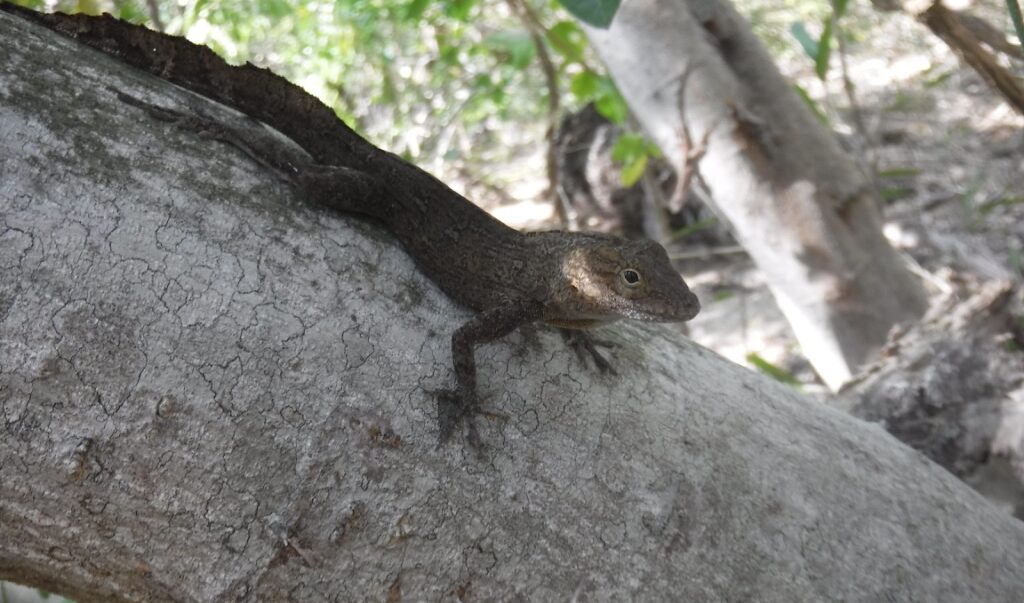
Sometimes taxonomic issues can be intractable without genetic data, yet since old herp holotypes have been formalin-fixed or preserved in ethanol for long periods if time, they generally have highly degraded DNA, thus getting those genetic data can be extremely difficult. Case in point, earlier this year I was part of a publication lead by Jim McGuire that attempted to sequence DNA from the 145 year old holotype of Draco cristatellus. This involved a ton of effort to get DNA from this specimen and then to get sequence from this extract. Read the article to see the extent of work that went into recovering those data from this very old specimen, but in a nutshell we tried a bunch of extraction techniques, and the only thing that worked for extraction was an aDNA protocol. We followed that up with a bunch of NGS sequencing, and recovered a small amount of sequence data -but SUCCESS!!
Why does it matter? Often the reason that these genetic data are needed is to resolve a taxonomic issue. If a species name and type exists but you have two or more unique lineages to which the name could apply, and morphological characters are difficult or impossible to discern based on the type specimen, then without genetic data, assignment of a name to the correct lineage is not straight forward. Genetic data may represent the only way to resolve some of these issues, as was certainly the case for these lizards.
Here is the citation and link to the open access article, so enjoy!
(2018) Squeezing water from a stone: high-throughput sequencing from a 145-year old holotype resolves (barely) a cryptic species problem in flying lizards. PeerJ 6:e4470 https://doi.org/10.7717/peerj.4470
